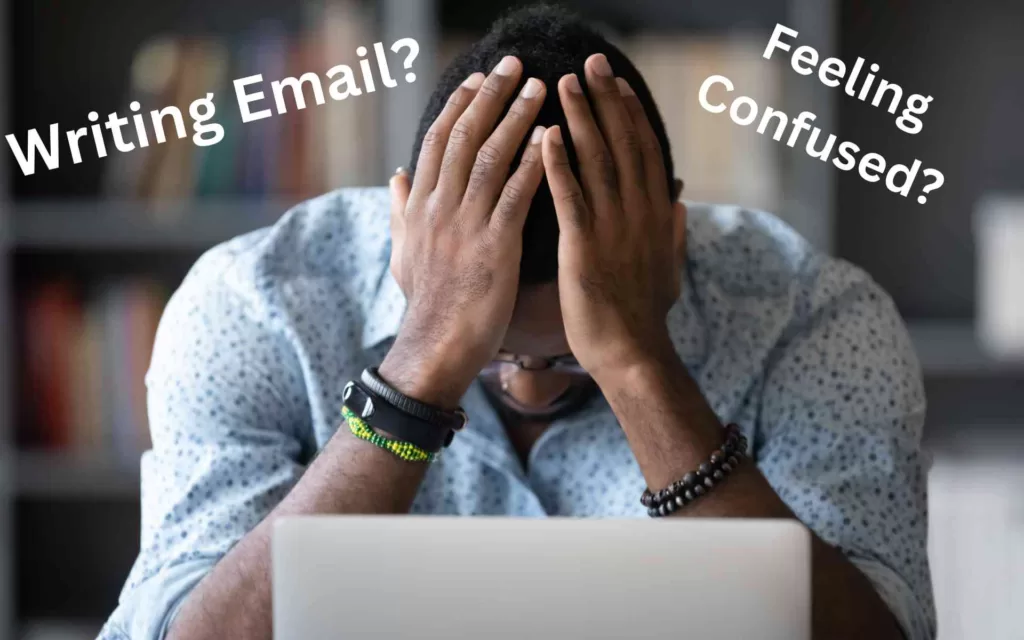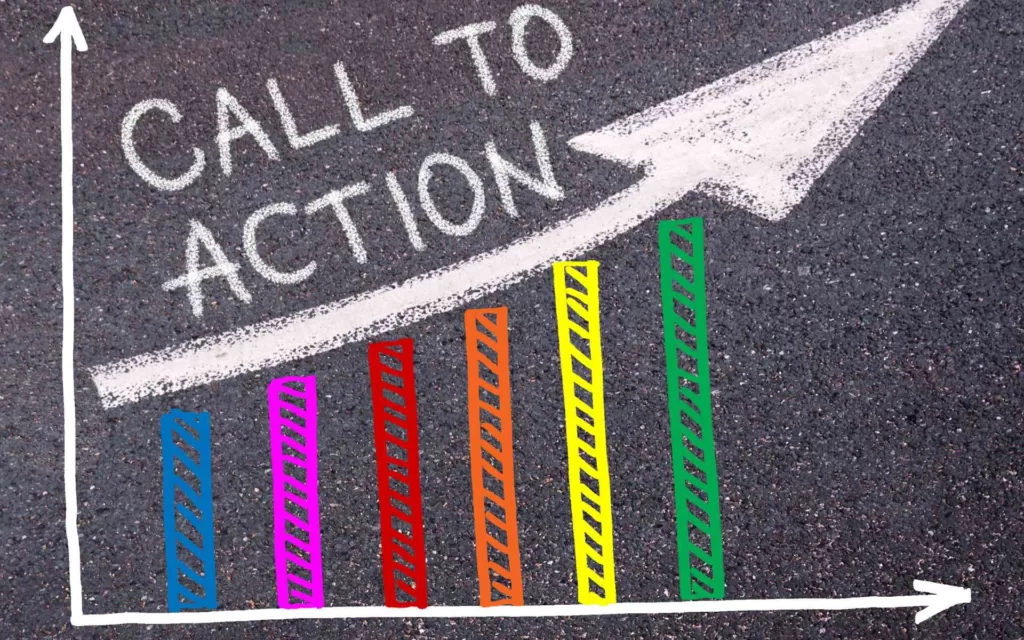Email Writing has become an integral part of our professional lives. They serve as a primary mode of communication, especially in the business world. You need them to launch complaints, track the status of a process, make B2B orders, and much more.
However, crafting engaging and effective email messages is not always a straightforward task.

In this article, I will use my 4 years of experience as a content writer, to equip you with the knowledge and skills to create emails that capture attention, convey your message clearly, and drive action.
Table of Contents
The Power of a Captivating Subject Line

The subject line is your email’s first impression, and as the saying goes, “You never get a second chance to make a first impression.” It’s crucial to make it count. A well-crafted subject line can entice your recipient to open the email, while a lackluster one might send it straight to the trash bin.
Begin with a concise and compelling subject line. Use action words, ask intriguing questions, or provide a hint of what’s inside. Avoid generic subject lines that might be mistaken for spam.
Personalization is a powerful tool here – include the recipient’s name or reference a recent interaction if applicable. Experiment with different approaches to see what resonates best with your audience. In my experience, the best approach is to use first names in salutations.
Structuring Your Email for Clarity
Now that you’ve captured your recipient’s attention with an enticing subject line, it’s essential to maintain that interest throughout the email. The structure of your email plays a pivotal role in achieving this.
Divide your email into paragraphs or use bullet points to improve readability. Short paragraphs and concise sentences are key. Avoid jargon or overly technical language that may confuse your reader. Your goal is not to showcase your vocabulary but to convey your message effectively.
Most readers understand better when the text is as easy as written by an 11-year-old kid. Yes, I have seen that not even executives use that tough language on a daily basis.
You can read more about the Flesch Kincaid score.
Each section of your email should flow logically from the previous one, creating a coherent narrative. Think of your email as a journey, with each paragraph building on the previous one to reach a clear destination.
Engaging Content: The Heart of Your Email

Once your email is structured effectively, it’s time to focus on creating engaging content. Engaging content is what will make your email truly stand out and connect with your audience.
1. Tell a Story
Humans are naturally drawn to stories.
Incorporating narratives into your emails can be a powerful way to engage your audience. Share personal anecdotes, case studies, or success stories that relate to the topic at hand. This not only captures their attention but also helps them connect with your message on a deeper level.
2. Personalize Your Messages
Personalization is the key to building strong relationships with your recipients. Address them by name throughout the email and refer to specific details that are relevant to their interests or previous interactions. Show that you value their individuality and that your message is tailored specifically for them. This personal touch will make your emails feel more genuine and increase the likelihood of a positive response.
3. Keep It Concise and Clear
In today’s fast-paced world, people don’t have time to read lengthy emails. Keep your message concise and to the point, avoiding unnecessary fluff. Use short paragraphs and bullet points to break up the text and make it easier to scan. Use clear language and avoid jargon or complex terminology that may confuse your readers. Remember, clarity is key.
Crafting the Perfect Call-to-Action

Now that you’ve created engaging content, it’s time to drive action with an effective call-to-action (CTA). A well-crafted CTA guides your readers toward the desired action, whether it’s clicking a link, making a purchase, or signing up for a newsletter.
A clear and compelling CTA is essential. Use actionable language and be specific about what you want your readers to do.
For example, instead of a vague “Learn More,” you could use “Click Here to Discover Exclusive Offers.” Creating a sense of urgency or scarcity can also be effective, prompting readers to take immediate action. But, please make sure not to use any deceptive lines or images.
Testing and Optimizing CTAs for Maximum Impact
To maximize the effectiveness of your CTAs, it’s crucial to test and optimize them. Not all CTAs will resonate equally with your audience, so experimentation is key.
Try different wording, placement, and design variations to see which ones generate the best results. A/B testing can be invaluable for comparing different versions of your email and tracking metrics like click-through rates and conversions. Analyze the data and make data-driven decisions to improve your email campaigns continually.
Proofreading and Polishing Your Emails
Before hitting the send button, it’s essential to proofread and edit your emails to ensure they are error-free and professional.
1. Spelling and Grammar Check
Nothing diminishes the credibility of your email more than spelling and grammar mistakes. Use spell-check tools or proofreading software to catch any errors. Take the time to read your email aloud or ask a colleague to review it for you. Sometimes, a fresh pair of eyes can catch mistakes that you might have missed.
2. Formatting and Readability
In addition to checking for grammatical errors, pay attention to the formatting and readability of your email. Make sure the font, size, and color are consistent and easy to read. Use headings, subheadings, and bullet points to break up the text and improve scan-ability. Avoid long paragraphs or walls of text that can overwhelm your reader.
3. Mobile Optimization
With most emails being read on mobile devices, optimizing your emails for mobile viewing is crucial. Test your email on different devices and email clients to ensure it looks good and functions properly. Consider using responsive design techniques to adapt the layout and formatting to different screen sizes. Breaking texts into smaller paragraphs has helped me really well in my 4-year long career.
Conclusion: Becoming a Master of Engaging Email Writing
Crafting engaging email messages is an art that requires a combination of effective formatting, compelling content, persuasive techniques, and thorough proofreading. By structuring your emails effectively, creating engaging content, using impactful CTAs, and proofreading carefully, you can take your email writing skills to the next level.
Remember to analyze the results, learn from your experiments, and continuously improve your email campaigns. With practice and perseverance, you’ll become a master of engaging email writing and achieve better results in your digital marketing efforts.
Now it’s time to apply these tips and tricks to your email writing and start seeing the impact they can have on your communication with clients and customers. Happy writing!

